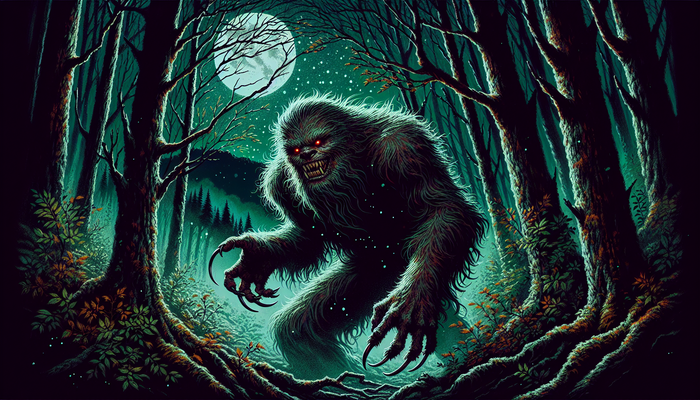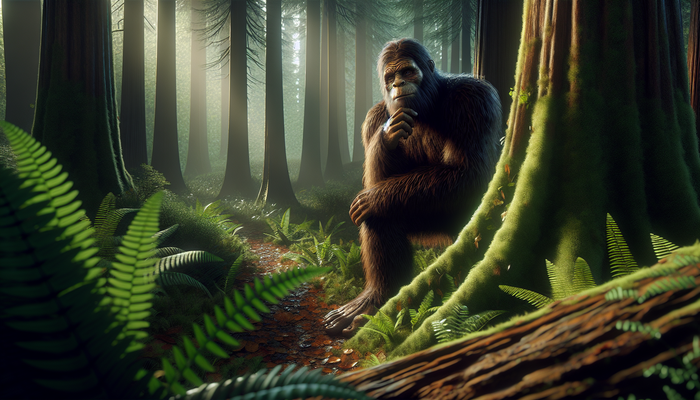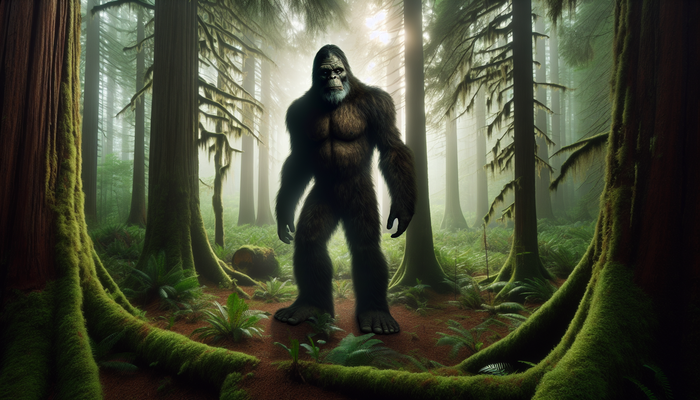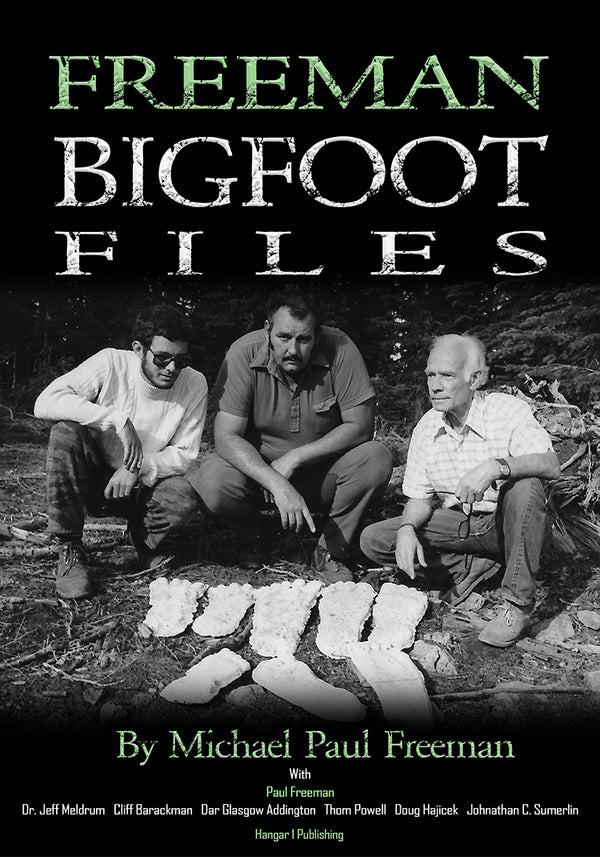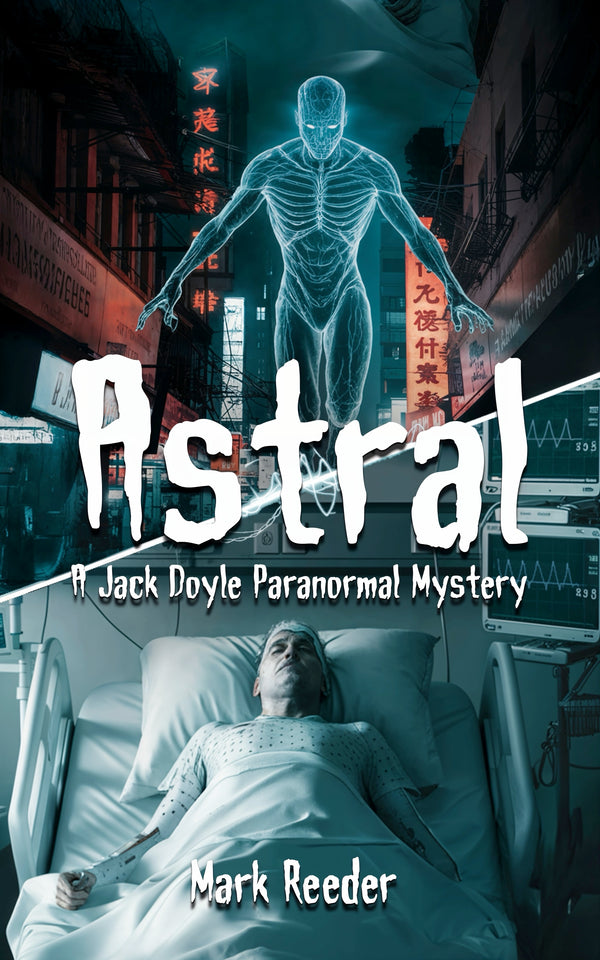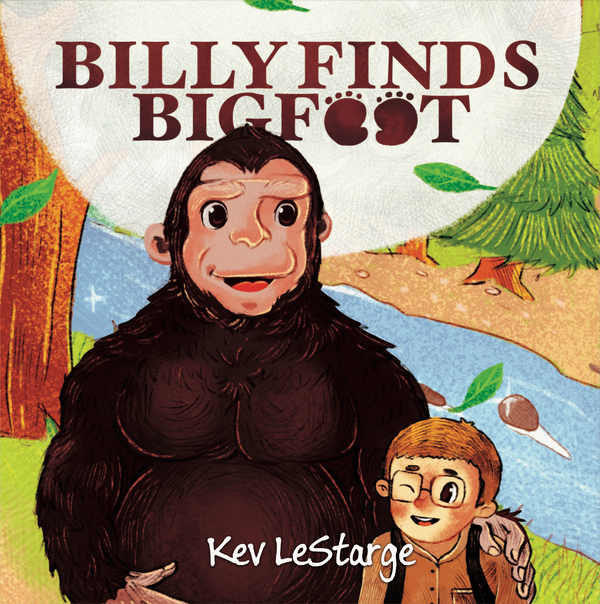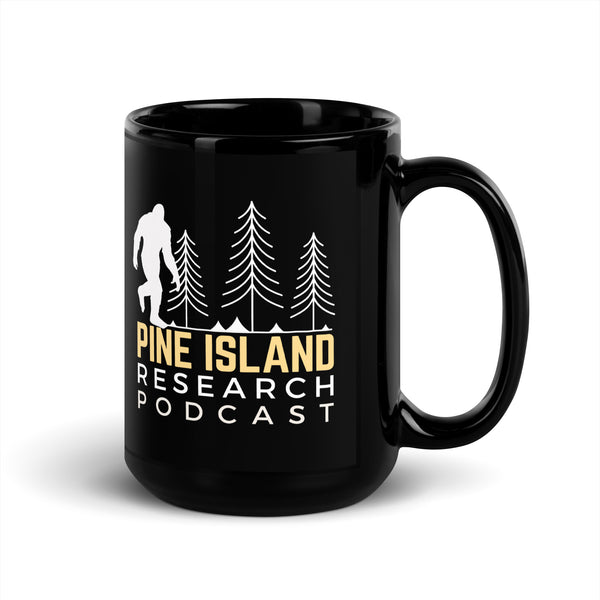Mammoth Sightings: Enduring Mystery of the Siberian Wilderness
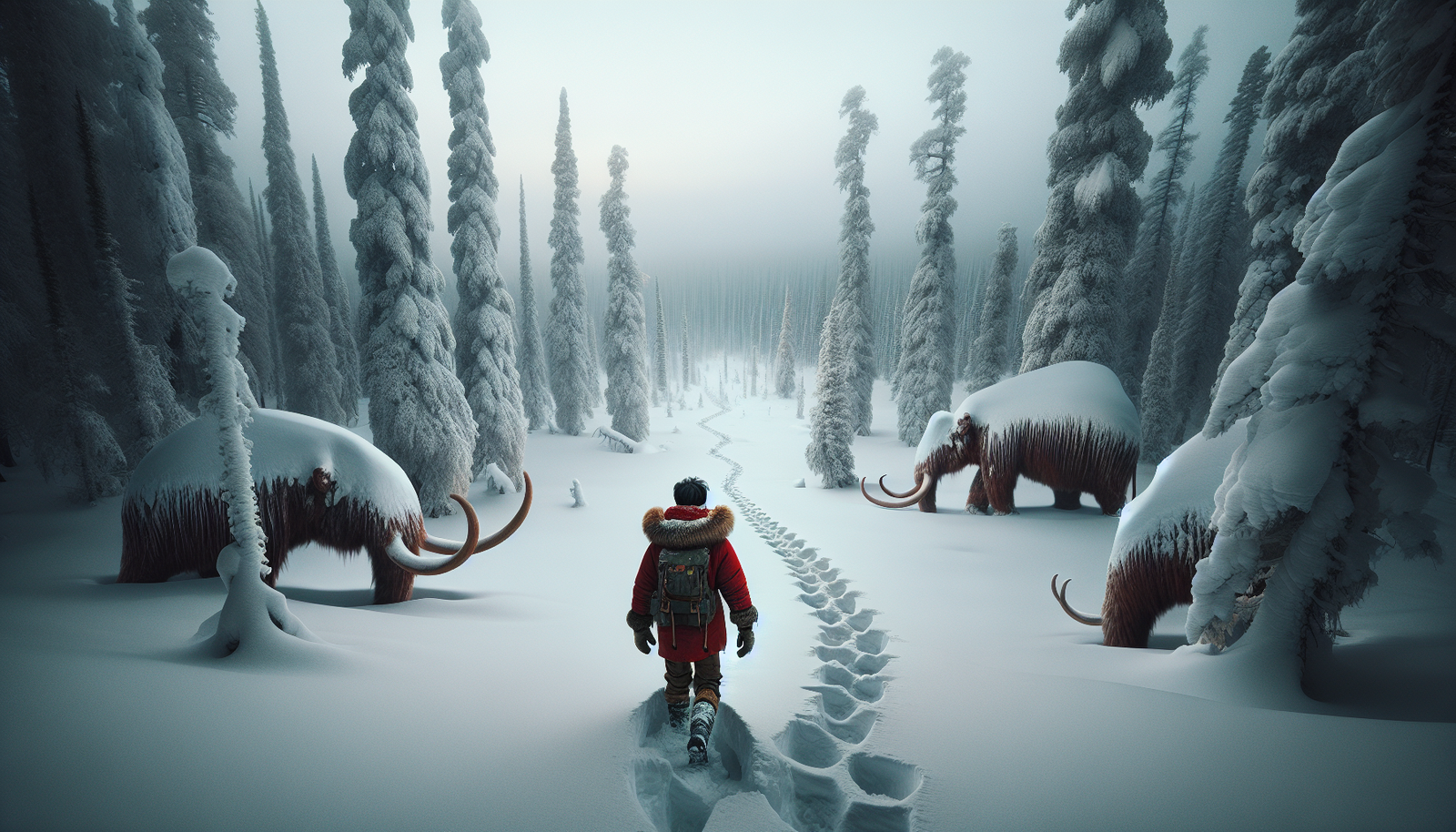
By Ava Martinez, Cryptozoologist
In the vast, frozen expanse of the Siberian taiga, whispers of a long-lost giant echo through the centuries. The woolly mammoth, that towering, shaggy icon of the Ice Age, has long captured the human imagination, even as the last of its kind slipped into extinction thousands of years ago. Yet, in the remote corners of this unforgiving wilderness, tales persist of chance encounters and fleeting glimpses, hinting that perhaps, against all odds, a remnant population might still roam the earth.
As a researcher and writer with a deep fascination for the mysteries of the natural world, I have long been captivated by the enduring allure of the woolly mammoth. The idea that these majestic creatures, once thought lost to the ages, could still be out there, hidden in the shadows of the boreal forest, is a tantalizing prospect that has driven explorers, scientists, and dreamers alike to scour the farthest reaches of the Arctic in search of answers.
But what lies behind these persistent rumors and alleged sightings? Are they merely the product of misidentification, hoaxes, and the power of suggestion, or could there be a kernel of truth to the tales? In this article, we will embark on a journey through the history and mystery of mammoth sightings, examining the evidence, the theories, and the cultural significance of these enduring legends. Along the way, we will grapple with the power of the human imagination, our fascination with lost worlds, and the dream of rediscovering the mammoth in the 21st century.
The Mammoth in Myth and Memory
Long before modern science began to unravel the story of the woolly mammoth, these great beasts loomed large in the myths, legends, and oral histories of the indigenous peoples of the Arctic. For the Kaska people of Canada's far north, the mammoth was embodied in the figure of the Atix, a monstrous, violent creature of enormous size that once roamed the land. In the traditions of the Naskapi of Labrador, a strange, long-nosed beast was said to wield its trunk as a weapon against humans.
Intriguingly, some native Alaskan cultures are said to possess detailed knowledge of mammoths and even samples of mammoth ivory, despite the fact that the species is thought to have disappeared from the region many millennia ago. Could these be echoes of an ancestral memory, preserved through the power of storytelling and oral tradition? Or might they hint at more recent encounters, at a time when mammoths were thought to be long extinct?
Beyond their presence in indigenous lore, mammoths have taken on a profound cultural and psychological significance in the modern imagination. They have come to symbolize a vanished world, a lost era of primal majesty and untamed wilderness. In an age of environmental destruction and mass extinction, the dream of their continued existence speaks to a deep longing for redemption, for the resilience of nature in the face of overwhelming odds.
For many, the mammoth represents the ultimate avatar of the wild, a creature that embodies the mystery and romance of the untamed frontier. In a world that feels increasingly mapped, measured, and circumscribed, the idea that such a monumental beast could still be out there, hidden in the blank spaces of the map, is a powerfully seductive notion. It taps into a primal yearning for wonder, for the possibility of marvels yet undiscovered.
A History of Alleged Sightings
The history of alleged mammoth sightings is a long and colorful one, stretching back centuries and spanning the breadth of the Arctic. One of the earliest recorded accounts comes from 1581, when Cossack chief Yermak Timofeyevich claimed to have encountered a monstrous, hairy beast while crossing the Ural Mountains. Though the details are scant, it is tempting to imagine that Timofeyevich had a brush with a living mammoth, a relic of the Ice Age that had somehow survived into the modern era.
In the centuries that followed, sporadic reports of mammoth sightings continued to emerge from the far corners of Siberia and Alaska. In 1899, a sensational story made the rounds in the American press, claiming that a man named Henry Tukeman had shot a mammoth in Alaska and donated the specimen to the Smithsonian Institution. The museum, however, denied any knowledge of the supposed mammoth, and the tale was soon exposed as a hoax, likely inspired by the discovery of frozen mammoth carcasses in the region.
The early 20th century saw a flurry of alleged mammoth encounters, particularly in the remote wilds of Siberia. In 1920, a French diplomat stationed in Vladivostok relayed a curious account from a Russian fur trapper, who claimed to have seen giant, shaggy "elephants" deep in the taiga. The trapper's description of the creatures as denizens of the forest, rather than the tundra, lent an air of plausibility to his tale, as did the fact that he seemed unaware of the very concept of mammoths.
That same year, Russian explorer Georgi Bashkirov had a face-to-face encounter that would haunt him for the rest of his days. While leading an expedition through the Yakutia region, Bashkirov watched in astonishment as a gigantic, reddish-brown animal with great curving tusks emerged from the forest, waded into a nearby river, and vanished. Convinced that he had seen a living mammoth, Bashkirov spent years trying to convince his skeptical colleagues of the validity of his sighting.
Other, less dramatic reports continued to trickle in over the decades. In 1948, the crew of a Soviet aircraft flying over a remote corner of Yakutia claimed to have spotted a herd of mammoth-like creatures below, though the sighting was never independently confirmed. And in 1978, a group of geologists working along the banks of Siberia's Indigirka River had an astonishing encounter with what appeared to be a dozen mammoths, calmly drinking from the water's edge before melting back into the forest.
As one examines the corpus of mammoth sightings, certain patterns and themes begin to emerge. Reports tend to cluster in the most remote and inaccessible regions of Siberia and Alaska, areas where vast swaths of territory remain essentially unexplored. Witnesses often describe the creatures as large, hairy, and elephant-like, with the distinctive curved tusks and domed heads associated with mammoths.
Yet for all the tantalizing details, hard evidence of living mammoths has proved maddeningly elusive. Sightings are typically brief, distant, or made in poor conditions, with fog, rain, or darkness obscuring key details. No clear photographs or videos have emerged, and physical traces like footprints or dung have either been ambiguous or failed to withstand scientific scrutiny. The proof, it seems, remains stubbornly out of reach.
Examining the Evidence
Despite the lack of a definitive "smoking gun," the case for living mammoths is not entirely without evidence. Over the years, a number of intriguing physical traces and anomalous findings have emerged that, while far from conclusive, have kept the spark of possibility alive in the minds of some researchers and enthusiasts.
One of the most compelling pieces of circumstantial evidence comes from a series of mysterious tracks discovered in the Chukotka region of northeastern Siberia in 1948. The footprints, which measured a staggering 27 inches wide and 20 inches long, were far larger than those of any known modern animal, and were spaced in a manner suggestive of a creature with a long, ponderous stride. Even more intriguingly, the tracks were found in association with trees that had been smashed and splintered high above the ground, as if by some mammoth-sized beast.
Similar reports of anomalous footprints and tree damage have emerged sporadically from other corners of the Siberian wilderness. In 2015, scientists were baffled by a set of strange seismic readings and smashed equipment at a remote monitoring station in the Alaskan interior. The data showed what appeared to be the rhythmic footfalls of an immense creature, but upon reaching the site, the researchers found the equipment itself crushed and mangled by an unknown force.
Of course, for every tantalizing trace, there are plenty of false leads and dead ends. The frozen carcasses of mammoths, preserved for millennia in the permafrost, have been turning up in Siberia and Alaska for centuries, often in remarkably intact condition. With their skin, hair, and soft tissues still present, these specimens can create an eerie illusion of a creature that died only yesterday, rather than thousands of years ago.
It's not hard to imagine how stumbling across such a well-preserved mammoth corpse might plant the seed of belief in their continued existence. After all, if the flesh can survive untold ages locked in ice, who's to say a living population couldn't endure in some hidden corner of the taiga? However, carbon dating and other analyses have consistently shown that even the most pristine mammoth remains are ancient, with no credible evidence of truly recent specimens.
The same holds true for the photographic and video evidence that has emerged in recent years. A shaky, blurry video clip of a supposed mammoth wading across a river in Chukotka made headlines in 2012, only to be exposed as a crude computer-generated hoax. An even more elaborate fake made the rounds in 2013, purporting to show 1940s newsreel footage of a mammoth sighting near the city of Yakutsk. In the end, the "mammoth" was revealed to be nothing more than digital trickery, a CGI creation mapped onto authentic period film stock.
So where does all of this leave us? With a mountain of anecdotes, a handful of intriguing but inconclusive physical traces, and a glaring absence of the kind of clear, unambiguous evidence that would be needed to overturn the scientific consensus on mammoth extinction. The proof, if it exists at all, remains as elusive as the creatures themselves, always just beyond the grasp of those who seek it.
Explaining the Sightings: Theories and Possibilities
If the evidence for living mammoths is so thin, then how do we account for the enduring stream of sightings and stories? Cryptozoologists and other researchers have proposed a range of explanations over the years, each with its own strengths and weaknesses.
Perhaps the most straightforward possibility is simple misidentification. In the heat of the moment, in poor visibility or at a great distance, even experienced observers can mistake known animals for something more exotic or unexpected. Bears, in particular, are notorious for being misidentified as everything from Bigfoot to alien creatures, and a large brown bear glimpsed through a veil of fog or shadow might easily be taken for a mammoth by an excited or anxious witness.
Other megafauna, like moose or even the occasional wayward forest elephant, could also conceivably generate a mammoth report under the right circumstances. The power of suggestion and expectation can be a potent force in shaping perceptions, and if someone is primed to see a mammoth, they may be more likely to interpret ambiguous stimuli in a way that confirms their beliefs.
There's also the question of cultural memory and ancestral knowledge. Could the indigenous peoples of Siberia and Alaska have preserved detailed information about mammoths in their oral histories and traditions, long after the actual creatures vanished from the landscape? It's an intriguing idea, and one that could potentially explain the accuracy and specificity of some descriptions, even in the absence of living reference points.
However, teasing out an "original" mammoth memory from the complex web of stories, myths, and evolving traditions that make up the oral history of a culture is a daunting challenge. Folklore and legend have a way of absorbing new influences and details over time, and what may appear to be an ancient, unbroken chain of knowledge could in fact be the product of much more recent inputs and innovations.
Of course, we can't discount the role of hoaxes, tall tales, and the general human tendency toward embellishment and exaggeration. The history of exploration and frontier life is rife with examples of adventurers, hunters, and trappers spinning wild yarns and stretching the truth for the sake of a good story. In an age before instant fact-checking and global communication, it was all too easy for these tales to take on a life of their own, especially when they tapped into the public's fascination with the unknown and the exotic.
Ultimately, the scientific consensus remains clear: the woolly mammoth, along with all of its Pleistocene cousins, is extinct and has been for thousands of years. The last known population, isolated on remote Wrangel Island in the Arctic Ocean, is thought to have winked out around 4,000 years ago, marking the end of the mammoth's reign on Earth. While it's impossible to prove a negative, the overwhelming weight of evidence suggests that the odds of a relict population surviving undetected into modern times are vanishingly small.
The Lure of the Lost Mammoth
And yet, despite the cold, hard facts, the dream of the mammoth endures. There is something about these shaggy, majestic beasts that speaks to us on a deep, primal level, that stirs the imagination and quickens the heart. In a world that often feels increasingly tamed, mapped, and circumscribed, the mammoth represents the ultimate symbol of nature's mysteries and resilience, a reminder that there are still wonders and marvels waiting to be discovered in the wild places of the Earth.
In an age of mass extinction and ecological collapse, the mammoth also embodies a powerful sense of loss and longing. These great creatures were the icons of a vanished world, the megafauna that once roamed the Pleistocene in all their primal glory. Their disappearance, along with that of so many other Ice Age giants, represents a haunting reminder of the fragility of life on this planet, and the devastating impact that human activity can have on the natural world.
At the same time, the enduring legend of the mammoth speaks to a deep human need for hope and redemption. The idea that somewhere out there, against all odds, a remnant population might still cling to existence is a potent symbol of nature's ability to endure and adapt in the face of even the most overwhelming challenges. It's a reminder that life, in all its tenacity and diversity, has a way of finding a foothold in even the harshest and most unforgiving environments.
Of course, the absence of proof is not the same as proof of absence, and it would be foolish to close the door entirely on the possibility of living mammoths, however remote it may seem. Science is a process of constant discovery and revision, and the history of zoology is littered with examples of species that were once thought extinct, only to be rediscovered decades or even centuries later.
The okapi, the coelacanth, the Chacoan peccary - all of these creatures were once consigned to the dustbin of history, only to resurface in the modern era, often in the most unlikely of places. While the odds of a similar rediscovery for the mammoth are undoubtedly slim, it would be arrogant to assume that we have exhausted all the mysteries and surprises that the natural world has to offer.
In the end, perhaps the true value of the mammoth legend lies not in the prospect of an actual living specimen, but in the way it challenges us to keep our minds open to wonder and possibility. In a world that can often seem drained of magic and mystery, the enduring allure of the mammoth remin
From Bigfoot to UFOs: Hangar 1 Publishing Has You Covered!
Explore Untold Stories: Venture into the world of UFOs, cryptids, Bigfoot, and beyond. Every story is a journey into the extraordinary.
Immersive Book Technology: Experience real videos, sights, and sounds within our books. Its not just reading; its an adventure.



